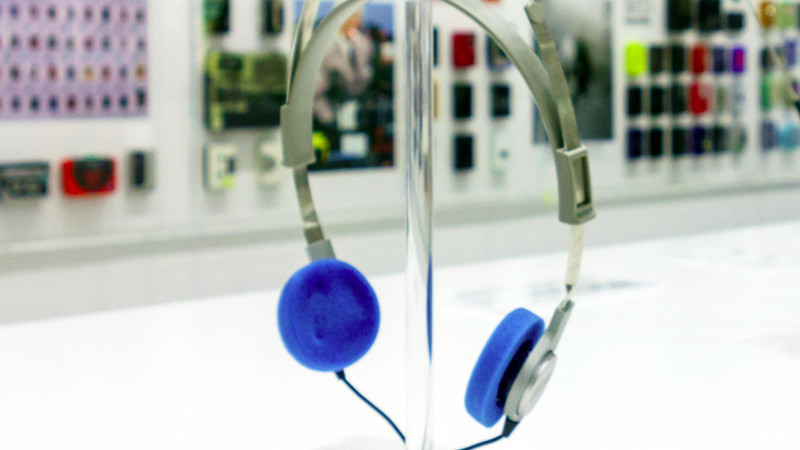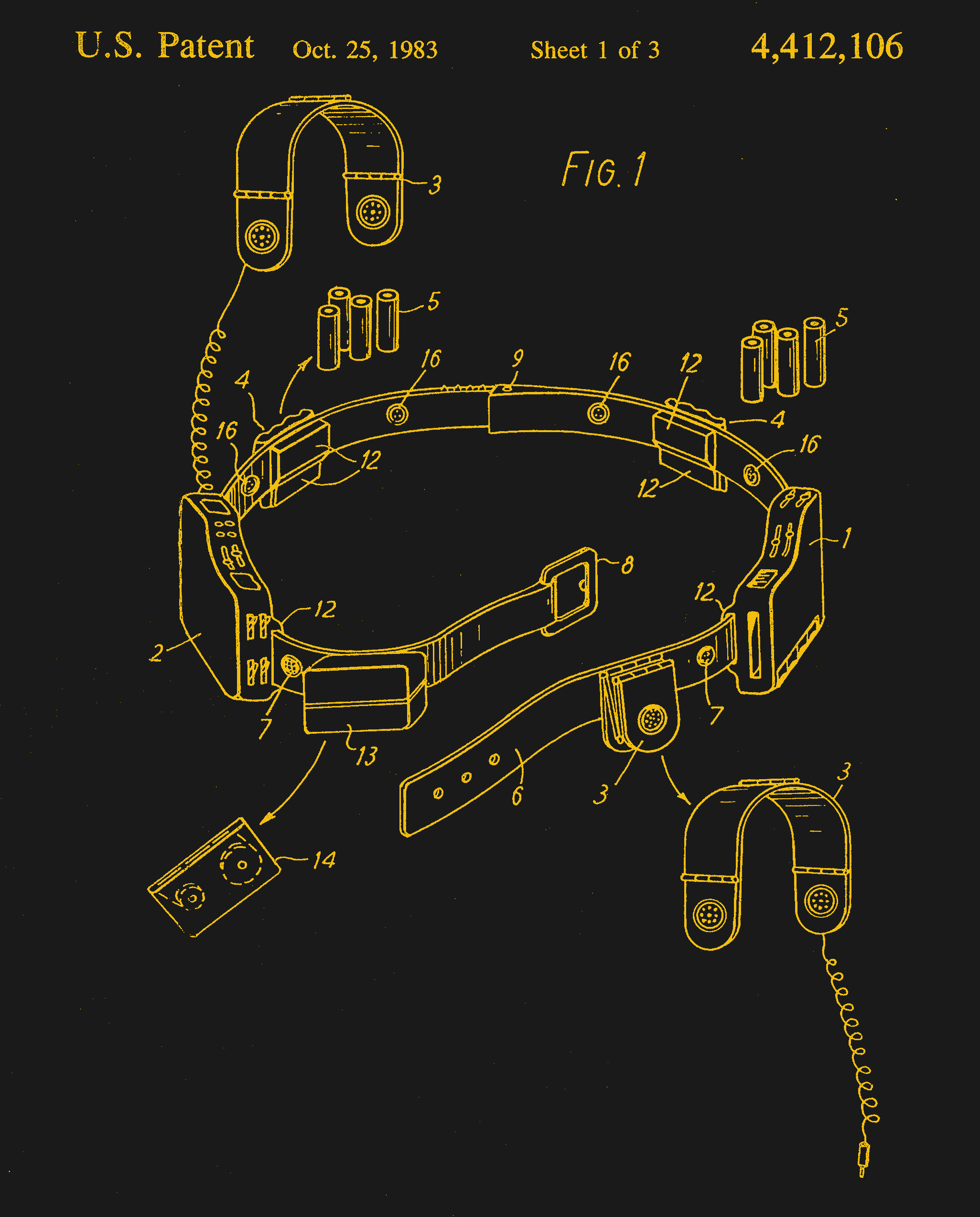
Forty years ago, in August, a new product was launched in Japan, the impact of which on the consumer electronics market was so serious that we still use its descendants. It is said that one of the founders of Sony liked to listen to music on business trips, and found that the existing products of the company are too clumsy and uncomfortable, and therefore ordered engineers to develop something more convenient.
The resulting prototype was called Sony MDL-3L2 - it was a pair of miniature hi-fi headphones with characteristic foam ear pads and a sliding metal rim, which weighed surprisingly little - 45 grams. They were used with a Walkman cassette player, made on the basis of the company’s existing product, a dictaphone for journalists, and sold in millions of copies. After that, the headphone market has changed forever, and if you have your own pair of lightweight "ears", then these were their predecessors.
But wait, what's so special about headphones?
You probably haven’t seen such words in
descriptions of Walkman’s 40th anniversary , because people mostly remember the social changes caused by the portable player, and not its headphones. The joy of recording tapes with a selection of your favorite songs, listening to The Human League songs while traveling on a bus, and the indignation of adults about everything that says Kids Having Fun. Up to this point, listening to music was a static event, it required bulky players, and from that moment you could take it with you wherever you go. Another icon from the audio world of that time, the
boombox , could not compare with the Walkman, and the latter wanted to buy everything for themselves.
 Stereobelt, U.S. Patent US4412106A.
Stereobelt, U.S. Patent US4412106A.But from a technical point of view, Walkman was not a breakthrough that made it possible to personally listen to audio recordings - the main event was the appearance of headphones. Miniature cassette players were not revolutionary even in 1979, the
Compact Cassette cassette format, familiar to us, existed since the Dutch electronic giant Philips introduced new voice recorders in the early 1960s, after which the Microcassette formats also appeared at the end of that decade. and Mini-Cassette. The German inventor Andreas Pavel has already made and patented a miniature cassette player, which he called Stereobelt, and inevitably, after some time, larger manufacturers should have released a compact Walkman-sized device.
On the other hand, lightweight, high-quality headphones, such as those that came with the first Walkman, in 1979 became a real innovation, and in fact are a component of the personal audio success story worthy of praise. The true star of this show is MDL-3L2, so maybe it's time to pay tribute to what the headphones are, and not their rectangular partner.
In 2019, we were all used to minimalistic and pocket-sized electronics, so to really imagine the influence of a lightweight pair of headphones, you should return in the 1970s to a completely different sensation from consumer electronics. Hi-Fi audio has traditionally been regarded as a matter of prestige, and no living room has been completed without the so-called tower "Music center", consisting of wood and polished aluminum. For young people, music meant a separate player in the bedroom, a cassette player to carry with them, or a portable AM radio that always threatened with parental anger because of too high a volume. Headphones — the ones you could afford — were bulky plastic gizmos that looked just as cool as your grandmother’s taste in interior decoration, and definitely shouldn’t be worn in places where you could be seen. Everything that weighed a little sounded bad, and everything that sounded good did not fit into a reasonable budget. After the launch of Walkman, new lightweight headphones became an indispensable fashion item that was sometimes simply worn around the neck without even listening to music - this in itself was a fashionable statement. And it doesn’t matter that only a small number of teenagers had original “ears” from Sony - it was something that gave them autonomy in the consumption of music, and they enthusiastically seized on this opportunity.
Enough cultural influence, what about the headphones themselves?
 Typical modern headphone transducer with rare earth magnet and coil suspended from a polyester diaphragm
Typical modern headphone transducer with rare earth magnet and coil suspended from a polyester diaphragmSurprisingly, when writing this article, it turned out that it was extremely difficult to find any information regarding MDL-3L2; although they appear in many photographs of Walkman’s first players, they are always mentioned in passing as a product of another Sony development team. Earlier models differed in blue and silver, corresponding to the first Walkman model, and later models and their copies instead of one springy metal rim had two shorter slider for each ear, located in a plastic rim. Unlike later headphones of a similar design, these had an impossibly long cable reaching three meters.
Since stereo headphones are considered a one-time cheap thing, no one seems to have dismantled the pair and posted it online. Since the lightweight design is found in almost all the cheap headphones that appeared in later decades, we can imagine what made those headphones special in 1979 based on later models. This is the so-called dynamic headphones, in which a coil of wires powered by an amplifier is directly connected to the diaphragm and suspended in a magnetic field. Almost all headphones, which are not worth a lot of money, use such a dynamic design, and over the decades they have proven to be cheap in production, reliable and efficient. Sony used a rare-earth magnet instead of the heavier ferrite ones used earlier, and combined them with a polyester diaphragm in an open, hard plastic case. The front was covered with characteristic foam pillows, and the open back allowed the music to spread around. These features have been characteristic of headphones for years, but in the 1970s these materials were still exotic for the consumer market.
However, in the years following the release of Walkman, the personal stereo player market grew at an explosive pace, and all manufacturers in the electronics market wanted to participate. Original Sony headphones were copied, made cheaper, and by the mid-1980s they had become a common thing that you can still buy for a couple of dollars, complete with the very foam ear pads. Then the headphones mutated into plug-ins, then got rid of the rim, and turned into gags. But all of these personal audio products come from a single ancestor. Not from the first Walkman, but from its headphones, the Sony MDL-3L2. Happy 40th anniversary!